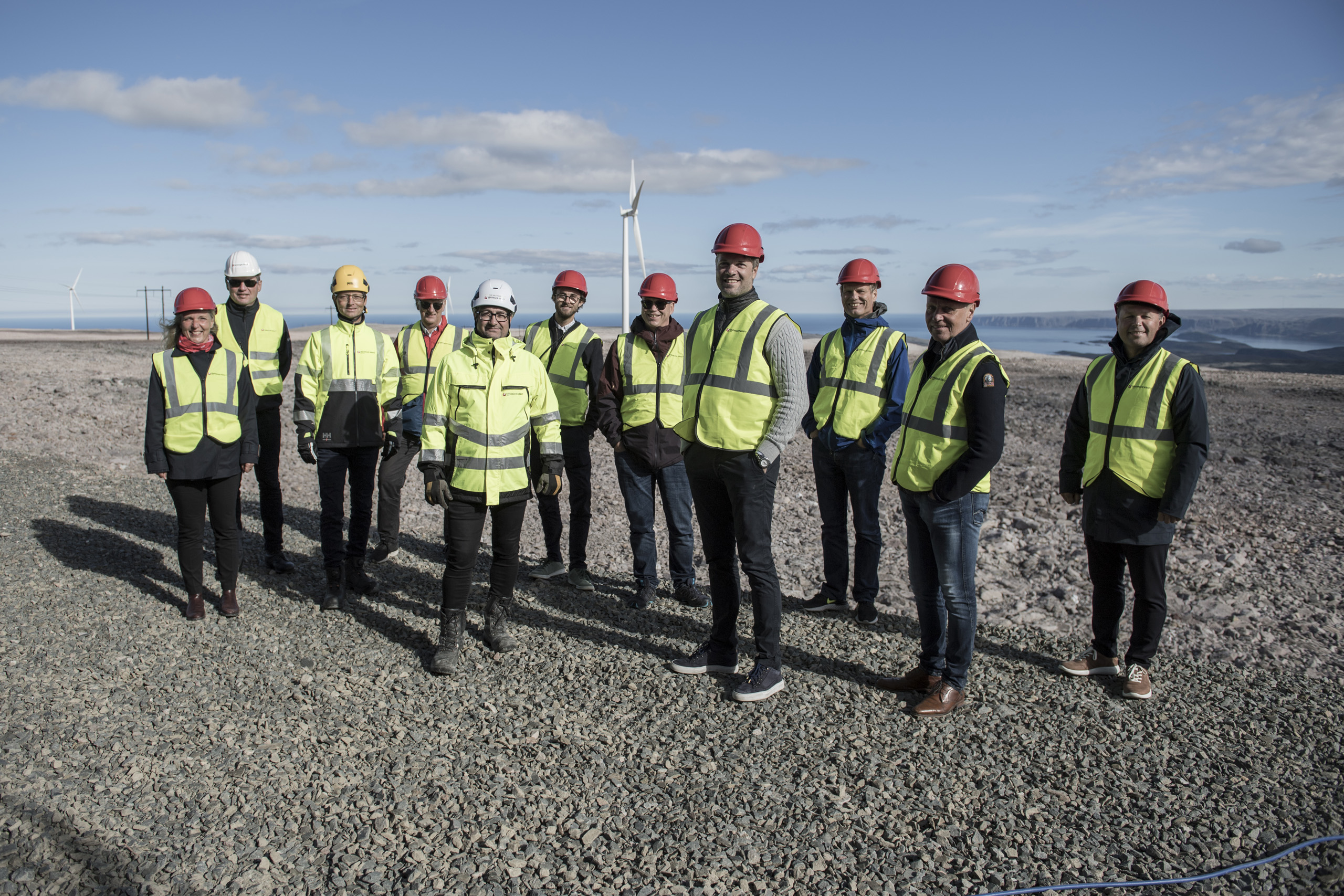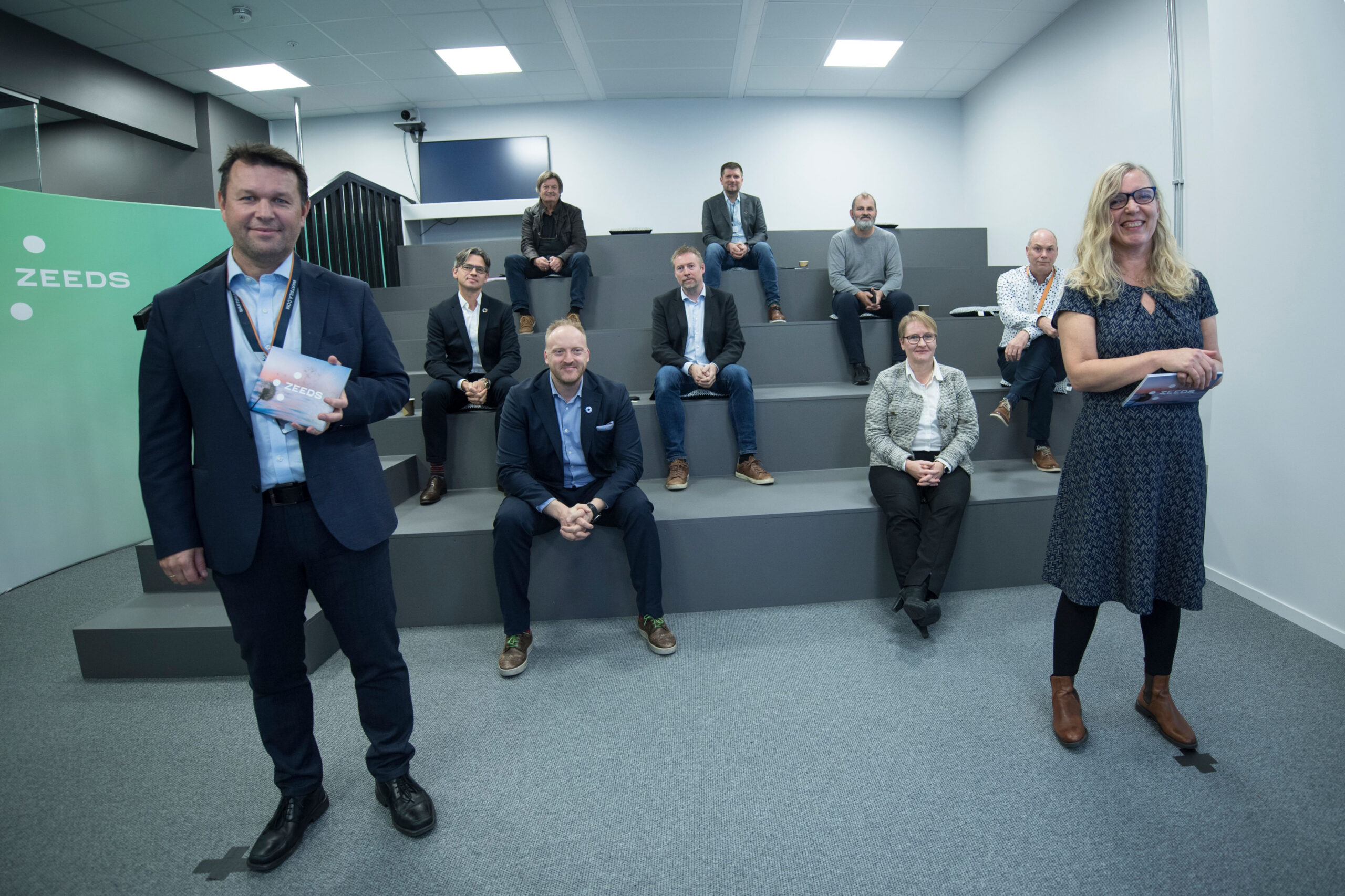The Zero Conference, organized by the Norwegian environmental foundation ZERO, is one of the largest and longest running climate solutions conferences in Europe – attracting around 1000 participants from businesses, academia, media, politics, NGOs, government and civil society at large.
In this year’s digital conference, ZEEDS contributed with a workshop focusing on how to make long-distance shipping and remote communities renewable using ammonia as energy carrier. Broadcasting from our live studio at Stord, ZEEDS partners and a range of online guests shared insights and debated visions, solutions, challenges, and framework conditions on decarbonisation of shipping.
See the whole Zero conference session:
Turning wind power into ship fuel
First topic of the day was the planned development of Norway’s first infrastructure for green ammonia in Berlevåg, a community on top of Norway. By establishing a complete and commercially viable value chain for green ammonia, the goal is to supply Norwegian shipping industry and remote communities with carbon-free energy by 2025.

Berlevåg has been chosen due to the availability of renewable wind power. The energy company Varanger kraft already operates a 50 MW wind farm nearby and has plans for further expansion to around 200 MW over the next few years. The green ammonia will be produced in a new factory, before it is distributed to consumers in shipping, offshore installations and to energy supply systems in remote island communities such as Svalbard. The clean fuel will be transported to storage sites along the Norwegian coast with a specially designed bunkering ship. In Svalbard’s case, only four shiploads of ammonia from Berlevåg will be needed to supply the island community with enough energy for an entire year.
“Our analyses show that green ammonia has the greatest potential to become a zero-emission fuel for long-distance shipping in the future. It has several benefits. High energy density meaning you can carry a lot of energy on board, the fuel is relatively easier to handle than alternatives, and we believe it is significantly cheaper to produce than, for example, liquid hydrogen,” Ulf Eriksen from Statkraft commented during the panel debate.
See our video about the ammonia project in Berlevåg:
Ground-breaking test projects
Switching focus to vessel technology, the workshop participants were presented two ground-breaking projects well under way in Sustainable Energy Catapult Centre’s test facility at Stord.
Here, a collaboration between Odfjell, Prototech, Wärtsilä and Lundin Energy Norway are putting new and flexible fuel cell technology through full-scale testing – before installing it on board a chemical tanker. The fuel cell system, capable of utilizing green ammonia, LNG, and other types of fuel, has the potential to reduce emissions from shipping by 40 to 100 per cent.
In the other demonstration, ZEEDS partner Wärtsilä, Knutsen OAS Shipping AS and the energy company Repsol will commence the world’s first long term, full-scale, testing of ammonia as a fuel in a marine four-stroke combustion engine.
“This project fits in very well with Repsol’s global strategy for lower CO2 emissions and a carbon-neutral future. In Norway, our ambition is to be emission-free from self-operated fields by 2030, a challenging and inspiring ambition. To achieve the goal, we need new technologies. This project represents one of them, allowing us to replace diesel generators with ammonia-powered generators on our offshore installations, and providing us with knowledge we can use to influence other operators on the Norwegian continental shelf. Repsol also has an indirect interest in the project, as a customer of the maritime sector. We are interested in contributing to this industry’s green shift and having an ammonia-powered engine available will lift the energy transition within the maritime industry to a new level,” said Ane Helene Bryne Berg, from Repsol said.
